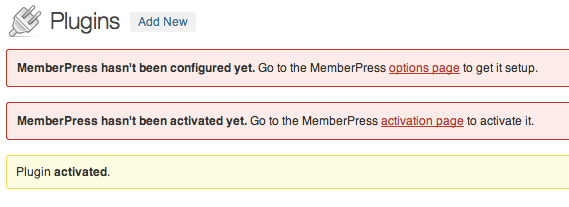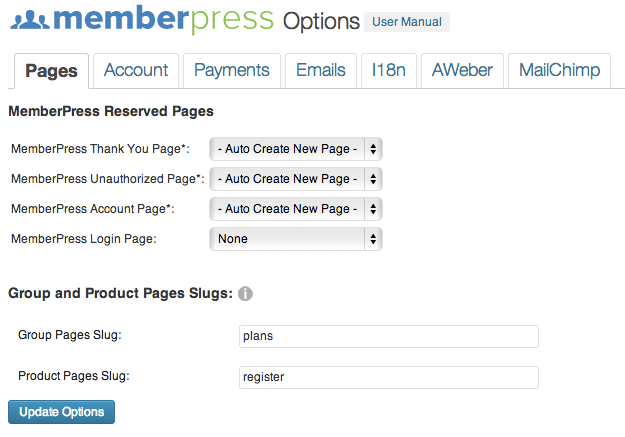Most of the time we think about market segmentation as a marketing strategy.
Better Messages
In one case, we use it to help us target our messaging. In this approach, we break up our target market into groups that have concerns or traits in common, and we shape our campaigns so that each segment gets a more perfect message.
Let’s say we have two kinds of users—business folks building a single membership site, and developers who will build several membership sites a year.
In this scenario, a WordPress membership plugin developer might use segmentation to shape their key messages so that when those two kinds of users land on their site, they might better be able to recognize themselves and self select the right navigational path forward.
This will likely have a positive consequence on sales and so segmentation is a marketing tool.
New Products
Another way we use market segmentation is to help us discover and shape new products. In this approach, we break up our target market into groups that have different needs and are willing to pay different amounts to solve their needs.
Let’s say we have two kinds of folks building a membership site. One is looking to sell simple one-time access to some protected content. The other is looking to build a complex site with recurring charges where an occasional one-time purchase is also included. And sometimes buying one membership gives you access to extra bonus courses (that normally have a fee).
In this scenario, most of us engineers focus on the more complex solution—choosing regularly to add more and more features. But market segmentation suggests that there’s a low-end, low-needs customer who might pay us a much smaller amount to simply solve their problems.
Doing this will likely have a positive consequence on new sales, and so segmentation is again seen as a marketing tool.
Segmentation in Product Design?
But what if we wanted to use segmentation differently? What if we could find a way to leverage it beyond just the realm of marketing? What if it could help us when it comes to new product development—where the emphasis is on the development side.
What if you thought about those end users and changed how your product interacted based on who they were? And what kinds of people they were? And what objectives they had?
In this case, you’d be using segmentation as part of your product design strategy, not just a marketing technique. And that’s where I find that it has tremendous untapped potential—especially for companies building WordPress plugins.
I’ve used membership plugins as an example, so let’s continue with it here.
MemberPress is one of the membership plugins I recommend over on my site (chrislema.com) when comparing plugins. Several of them are great, and the developers behind them are all very smart.
But notice what happens after I activate the plugin.
I get two conflicting messages—that it has been activated, and that I have yet to activate it. If I’m a developer, I move past it, because I’m comfortable with plugins and the admin interface.
But if I’m a person who plans to build a single membership site (my own) and not a WordPress developer, then that messaging freaks me out. I don’t like conflict and I don’t like confusion. I want a single quick start link, don’t I?
But segmentation should affect far more than our post-activation hooks and messages.
Take for example the options page that I’m directed to. It has several tabs that need configuring. This is great for that end user that is going to do this once. But let’s switch hats to the developer who is building several of these sites.
How might they want to work through this experience?
If it were me, and I’m only speaking for me, I would want a simple import interface that lets me import a default set of settings so that I could configure these sites with a single click (“import settings”).
Conclusion
These are only two simple examples of how segmentation within a product can improve usability and drive greater experiences for your own customers. Only you can determine if it’s worth the effort, but in an age where everyone loves great user experiences, I’d suggest it’s worth at least a quick look.
 Chris Lema is the VP of Software Engineering at Emphasys Software, where he manages high performers and oversees product development and innovation. He’s also a blogger, ebook author and runs a WordPress meetup in North County San Diego. His coaching focuses on helping WordPress businesses, or businesses wanting to leverage WordPress.
Chris Lema is the VP of Software Engineering at Emphasys Software, where he manages high performers and oversees product development and innovation. He’s also a blogger, ebook author and runs a WordPress meetup in North County San Diego. His coaching focuses on helping WordPress businesses, or businesses wanting to leverage WordPress.



No Comments